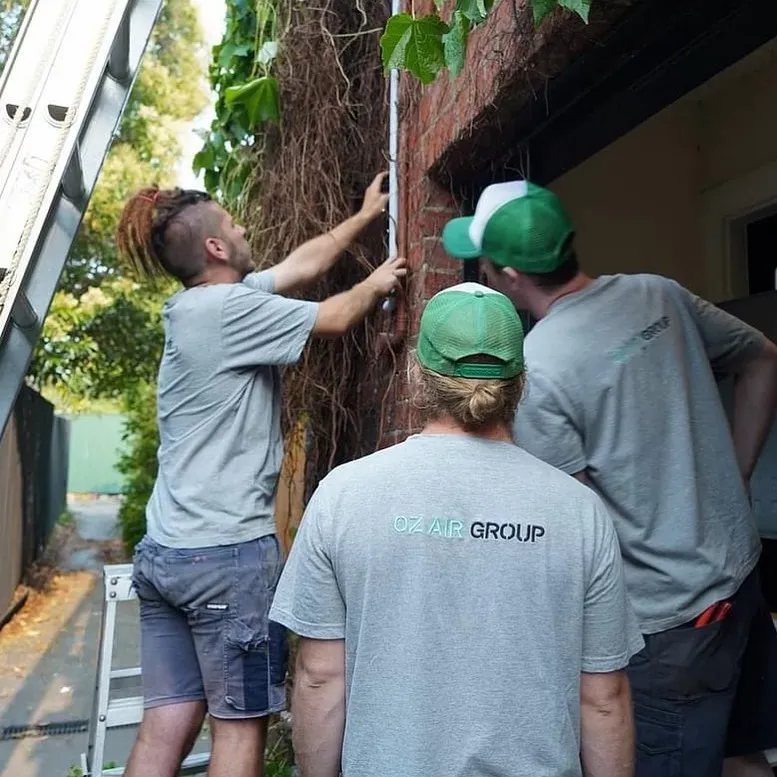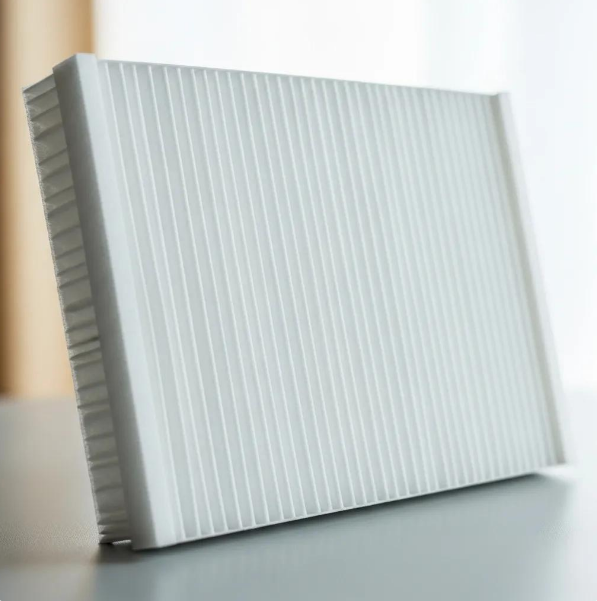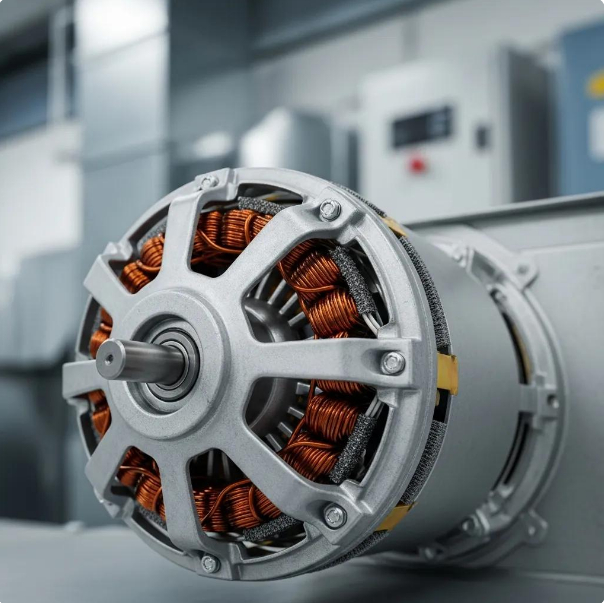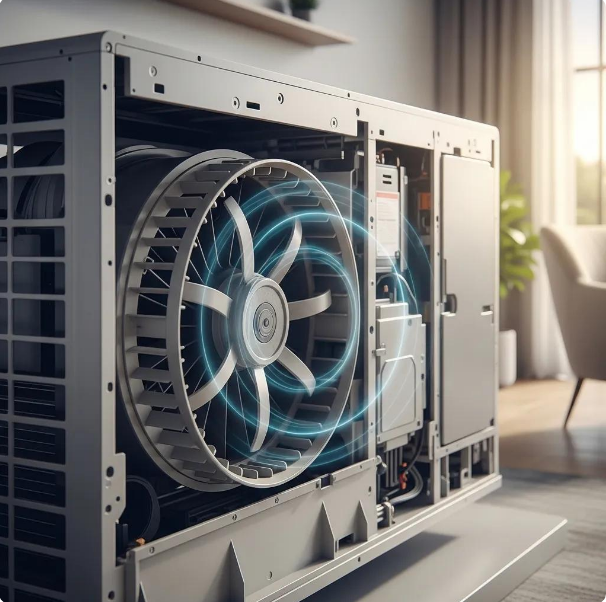Air Conditioning Running Costs in Australia: Cheapest and Most Expensive Types to Run


Government Rebates Now Available on Energy-Efficient Air Conditioners when Replacing your Gas Heater.
Air conditioning running costs refer to the ongoing expenses associated with operating an air conditioning system, primarily focusing on electricity consumption. Different types of air conditioning systems can significantly impact these running costs, with some being more economical to operate than others.
On average, a split air conditioning system in Australia costs approximately $0.25 to $0.35 per hour to run, depending on various factors such as the unit's size, efficiency rating, and local electricity rates. However, it's important to understand that several factors can cause this cost to fluctuate.
Choosing the correct size and type of air conditioner is paramount for minimising electricity costs. An appropriately sized unit operates more efficiently, reducing energy waste and lowering running costs. Professional technicians, such as those at Oz Air Group in Melbourne, play a vital role in this selection process. Our expertise ensures that homeowners choose the most suitable and energy-efficient system for their specific needs, potentially leading to substantial long-term savings.
What is Air Conditioning Running Costs?
Air conditioning running costs encompass the ongoing expenses associated with operating an air conditioning system, primarily referring to the electricity consumed during its use. The term "running" specifically relates to the energy required to power the unit while it's in operation.
These costs significantly influence the lives of Australians, particularly during hot summers when air conditioning usage peaks. High running costs can strain household budgets and impact overall energy consumption patterns.
To calculate air conditioning running costs, use the following formula: (Wattage × Hours Used Per Day × Number of Days Used Per Year) ÷ 1000 × Electricity Rate per kWh
What is the Formula to Calculate Air Conditioning Running Costs?
The formula to calculate air conditioning running costs is: Cost = (Power consumption in kW × Hours of use × Electricity rate per kWh) ÷ 1000
For example, let's consider a Daikin FTXM35Q split system air conditioner:
- Power consumption: 1.00 kW
- Hours of use: 8 hours per day
- Electricity rate: $0.30 per kWh (average in Australia)
Daily cost = (1.00 × 8 × $0.30) ÷ 1000 = $2.40 per day
How Much Does it Cost to Run an Air Conditioner?
The average cost to run an air conditioner in Australia varies widely depending on factors such as the type of unit, its capacity, SEER (Seasonal Energy Efficiency Ratio) rating, usage patterns, electricity rates, and maintenance. On average, it costs between $0.25 to $0.95 per hour to run an air conditioner in Australia. However, this can translate to anywhere from $100 to $1,000 or more per year, depending on the aforementioned factors and the frequency of use.
What is the Average Annual Air Conditioner Running Costs by Type?
- The average annual cost to run split air conditioning in Australia is approximately $200 - $400.
- The average annual cost to run Multi Split System air conditioning in Australia is approximately $300 - $600.
- The average annual cost to run Reverse Cycle Air Conditioners in Australia is approximately $250 - $450.
- The average annual cost to run Ducted Air Conditioners in Australia is approximately $600 - $1,200.
- The average annual cost to run Window air conditioning in Australia is approximately $150 - $300.
- The average annual cost to run Portable air conditioning in Australia is approximately $100 - $250.
How Much Does it Cost to Run Split Air Conditioning?
Split air conditioning systems in Australia typically cost between $0.25 to $0.35 per hour to run. The influencing factors for split systems include the unit's size, energy efficiency rating, and outdoor temperature. Annual costs could range from $200 to $400, assuming average usage patterns.
How Much Does it Cost to Run Multi Split System Air Conditioning?
Multi split system air conditioning in Australia generally costs between $0.35 to $0.50 per hour to run. Factors influencing this cost include the number of indoor units, the overall system capacity, and energy efficiency. Annual costs could range from $300 to $600, depending on usage patterns and system configuration.
How Much Does it Cost to Run Reverse Cycle Air Conditioner Air Conditioning?
Reverse cycle air conditioners in Australia typically cost between $0.30 to $0.40 per hour to run in cooling mode. The cost can vary based on the unit's size, energy efficiency, and whether it's being used for heating or cooling. Annual costs could range from $250 to $450, considering average usage patterns.
How Much Does it Cost to Run Ducted Air Conditioners Air Conditioning?
Ducted air conditioners in Australia generally cost between $0.60 to $0.95 per hour to run. These systems tend to be more expensive to operate due to their larger capacity and whole-house cooling ability. Influencing factors include the size of the home, system efficiency, and zoning capabilities. Annual costs could range from $600 to $1,200 or more, depending on usage and home size.
How Much Does it Cost to Run Window Air Conditioning?
Window air conditioning units in Australia typically cost between $0.20 to $0.30 per hour to run. These units are often less efficient than split systems but cool smaller areas. Factors influencing cost include the unit's age, size, and energy efficiency rating. Annual costs could range from $150 to $300, assuming average usage.
How Much Does it Cost to Run Portable Air Conditioning?
Portable air conditioning units in Australia generally cost between $0.15 to $0.25 per hour to run. These units are often the least expensive to purchase but can be less efficient to operate. Influencing factors include the unit's size, energy efficiency, and the area being cooled. Annual costs could range from $100 to $250, depending on usage patterns.
What are the Cheapest Air Conditioning Types to Run?
Split-system air conditioners are typically the cheapest to run in Australia. Their efficiency stems from separate indoor and outdoor units, allowing for better temperature control and energy management. Modern inverter technology in these systems further enhances their energy efficiency, resulting in lower running costs compared to other types.
What are the Most Expensive Air Conditioning Types to Run?
Ducted air conditioning systems are generally the most expensive to run in Australia. This is primarily due to their capacity to cool entire homes or large spaces simultaneously. While they offer whole-house comfort, the energy required to operate these systems is significantly higher than smaller, localised units.
What is the Average Annual Air Conditioner Running Costs by Room Size?
- Small room (up to 20m²): $150 - $300 per year
- Medium room (20-40m²): $250 - $500 per year
- Large room (40-60m²): $400 - $700 per year
- Very large room (60m²+): $600 - $1,000+ per year
These averages consider split system air conditioners, which are the most common type in Australian homes.
How Much Does Air Conditioning Cost Per Hour in Australia?
On average, air conditioning in Australia costs between $0.25 to $0.95 per hour to run. This varies significantly based on the type of system:
- Split systems: $0.25 - $0.35 per hour
- Multi-split systems: $0.35 - $0.50 per hour
- Ducted systems: $0.60 - $0.95 per hour
- Window units: $0.20 - $0.30 per hour
- Portable units: $0.15 - $0.25 per hour
What are the Cheapest Regions in Australia to Run Air Conditioning?
Tasmania and Victoria generally have the cheapest electricity rates in Australia, making them the most economical regions in which to run air conditioning. The average cost in these states is around $0.20 - $0.25 per kWh. This is due to their cooler climates requiring less air conditioning use and their energy market structures.
What are the Most Expensive Regions in Australia to Run Air Conditioning?
South Australia and New South Wales typically have the highest electricity rates in Australia, making them the most expensive regions in which to run air conditioning. The average cost in these states can be as high as $0.35 - $0.40 per kWh. This is due to factors such as infrastructure costs, market regulations, and higher demand during hot summers.
What Factors Affect the Cost of Running Air Conditioning?
- Type of air conditioner
- Unit capacity
- SEER rating
- Usage patterns
- Electricity rates
- Maintenance and condition
- Insulation of the space
- Outdoor temperature
- Thermostat settings
- Size of the area being cooled
Considering these factors before installing an air conditioner is important to avoid paying high rates. For instance, choosing an appropriately sized unit with a high SEER rating can significantly reduce long-term running costs.
How to Choose the Best Air Conditioning Type to Install?
Choosing the best air conditioning type involves considering factors such as home size, climate, budget, and energy efficiency goals. For most Australian homes, split systems offer a good balance of efficiency and cost. However, for larger homes or those requiring whole-house cooling, ducted systems might be more appropriate. It's essential to consult with professional technicians, like those at Oz Air Group, who can assess your specific needs and recommend the most suitable system.
How to Choose an Energy-Efficient Air Conditioner
To choose an energy-efficient air conditioner, look for:
- High star rating (more stars indicate better efficiency)
- Inverter technology
- Appropriate size for the space
- Smart features like programmable timers and zoning capabilities
- SEER rating (higher is better)
Key features to consider include variable speed compressors, programmable thermostats, and sleep modes.
Does Choosing the Right Air Conditioning Type Help You Save Money on Electricity?
Yes, choosing the right air conditioning type can significantly help save money on electricity. The correct type and size of air conditioner will operate more efficiently, reducing energy waste and lowering running costs. For example, an appropriately sized split system with a high energy star rating in a well-insulated room can use up to 40% less energy than an oversized or less efficient unit. This translates to substantial savings on electricity bills over the life of the system.
Areas we service
Oz Air covers Melbourne and its northern suburbs.

Get in touch






.png)









.png)